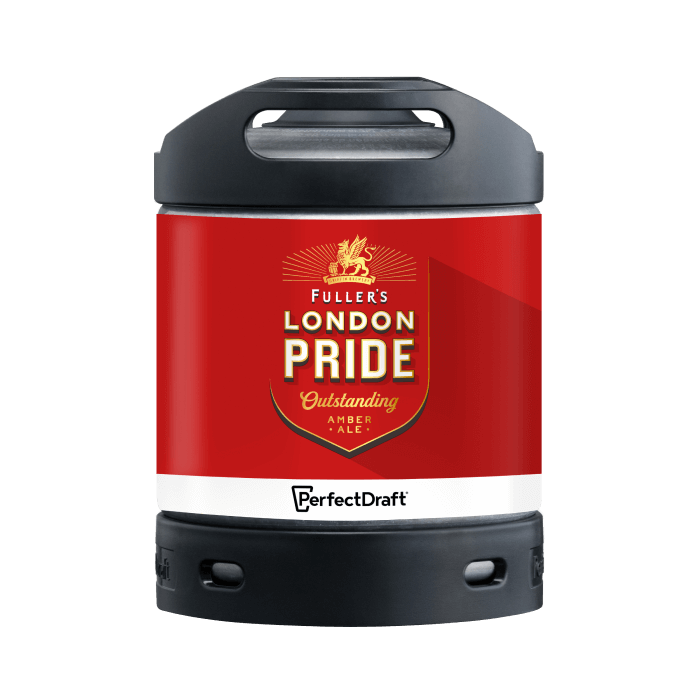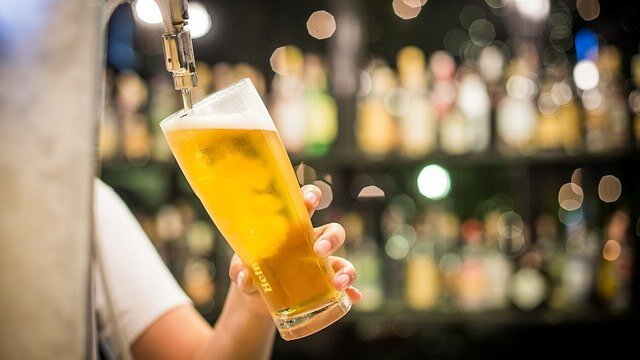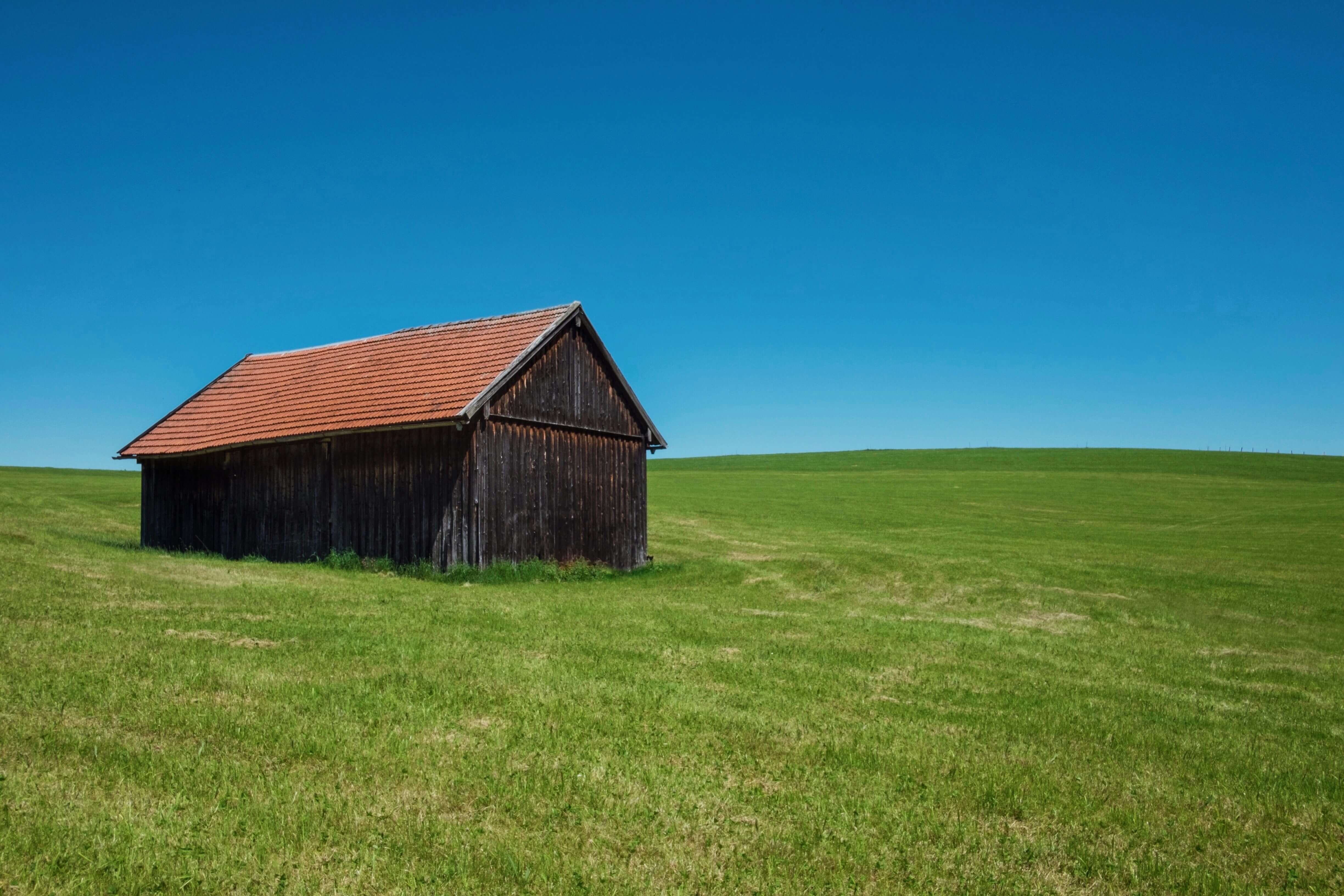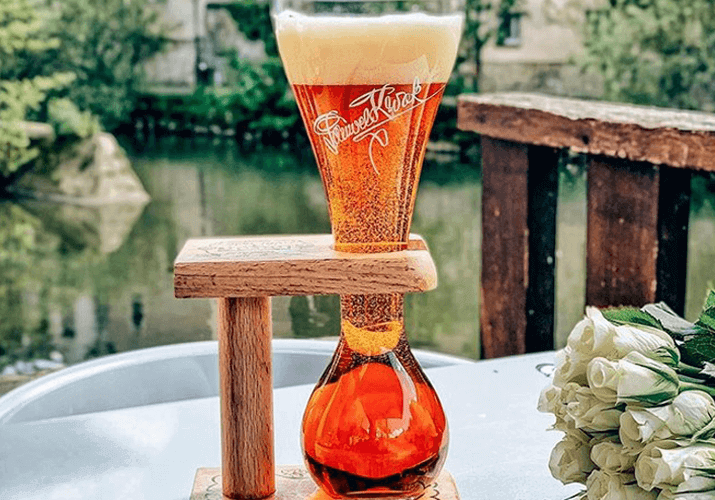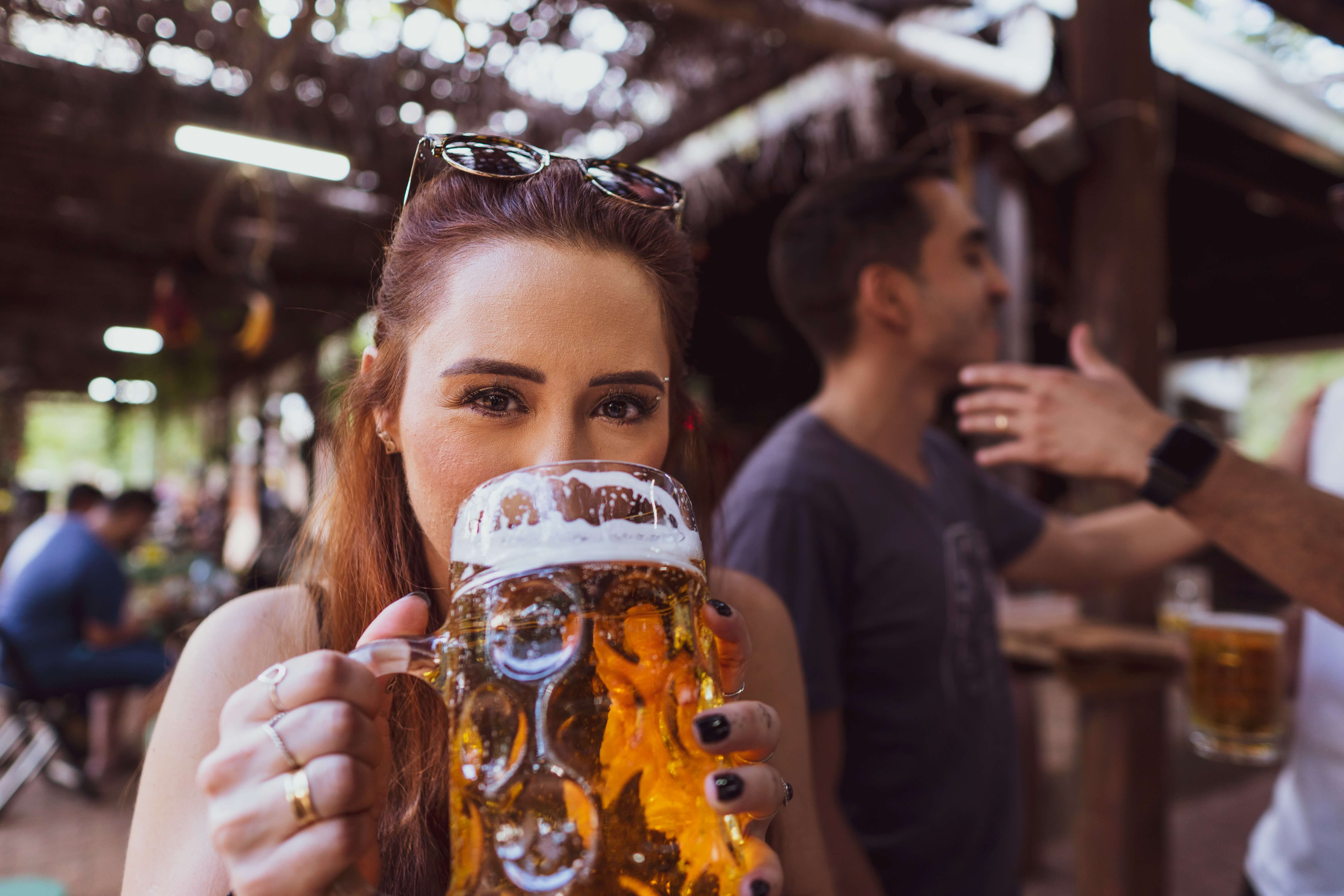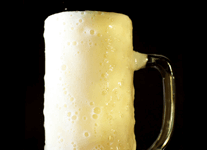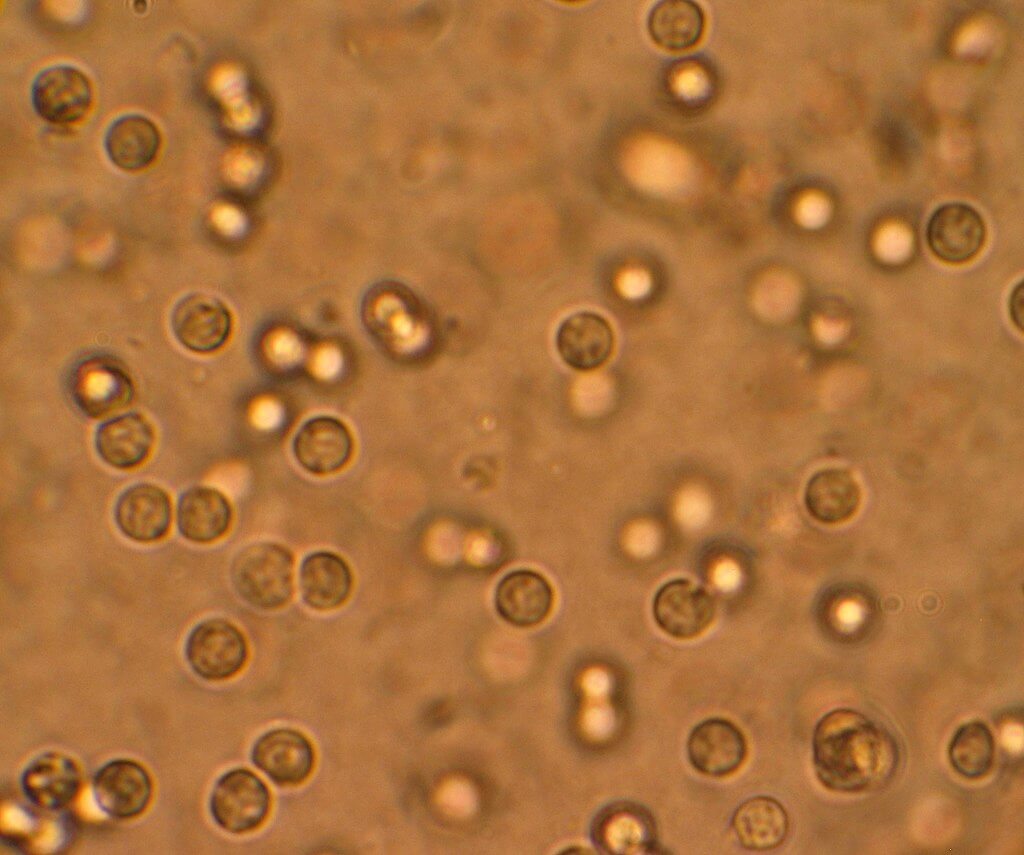
Fermentation is one of the most essential stages in brewing—it’s where yeast transforms the sugars in wort into alcohol and carbon dioxide, giving beer its body and character. There are three main types of yeast used in brewing: ale yeast, lager yeast, and wild yeast, each bringing its own personality to the final product.
Ale yeasts – Top-Fermentation
Ale yeasts typically ferment at warmer temperatures, between 15°C and 20°C. These top-fermenting yeasts rise to the surface during fermentation and are known for producing beers with a fruity, spicy aroma and full-bodied character. They create esters and phenols—responsible for flavours like banana, clove, green apple, and spice—which are key to many Belgian and English beer styles.
Lager yeasts – Bottom-Fermentation
Lager yeasts ferment at lower temperatures, usually between 9°C and 11°C. These yeasts settle at the bottom of the fermenter and contribute to a cleaner, more neutral flavour profile. This allows the delicate characteristics of malt and hops to shine. Lagers are often crisper and more refreshing, with subtle aromas and a smooth finish.
Wild yeasts – Spontaneous Fermentation
Wild or spontaneous fermentation occurs when ambient yeasts and bacteria from the air or fruit skins ferment the wort. These yeasts give beers a distinctively tangy, funky, and complex flavour. For example, the Nómada brewery’s Revontulet is brewed with raspberries and fermented using wild yeasts naturally present on the fruit—resulting in tart, fruity notes.
How to store your beer yeast
If you have leftover yeast after starting a brew, don’t toss it—proper storage makes reuse possible:
- Dry yeast: Once opened, seal the packet tightly and store it in the fridge. It will keep for up to 10 days.
- Liquid yeast: Must be used immediately after opening. It’s not suitable for storage once exposed.
From fruity esters to spicy phenols, choosing the right yeast shapes your beer’s entire flavour profile. So… choose your esters, Esther!
Alcohol abuse is dangerous for your health. Please drink responsibly.
Read other articles : What types of sugars should you use in beer ? and Boiling in beer brewing

